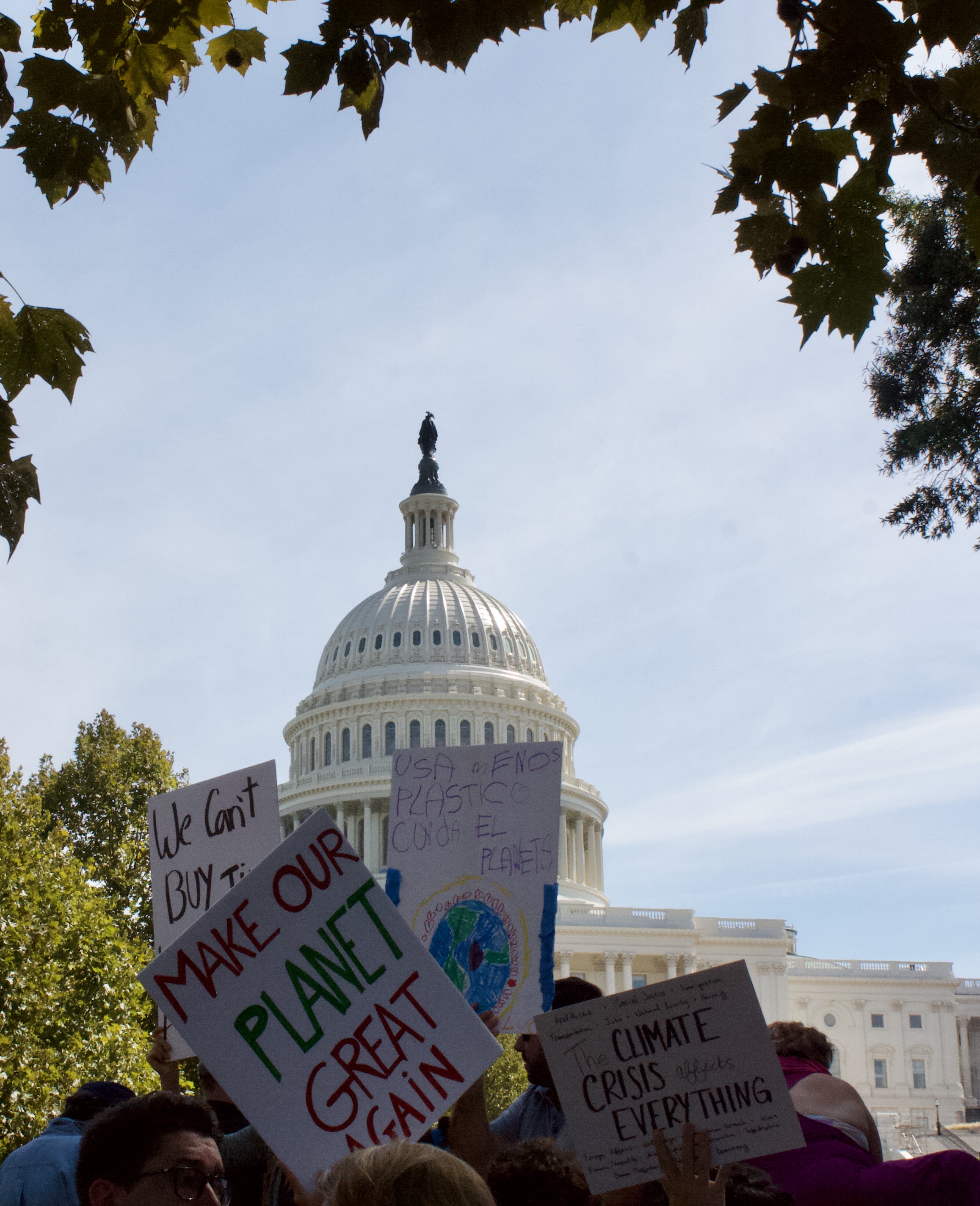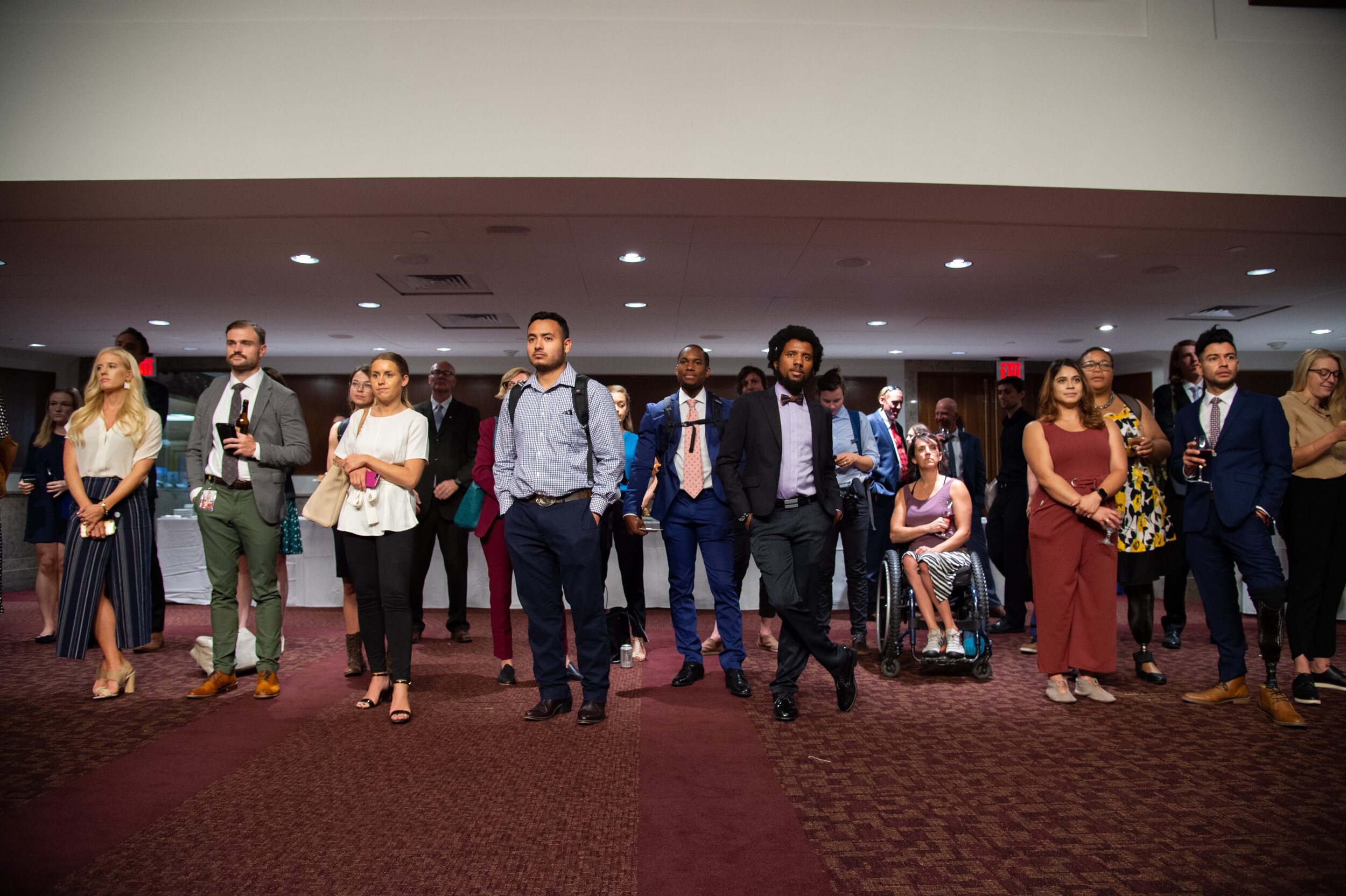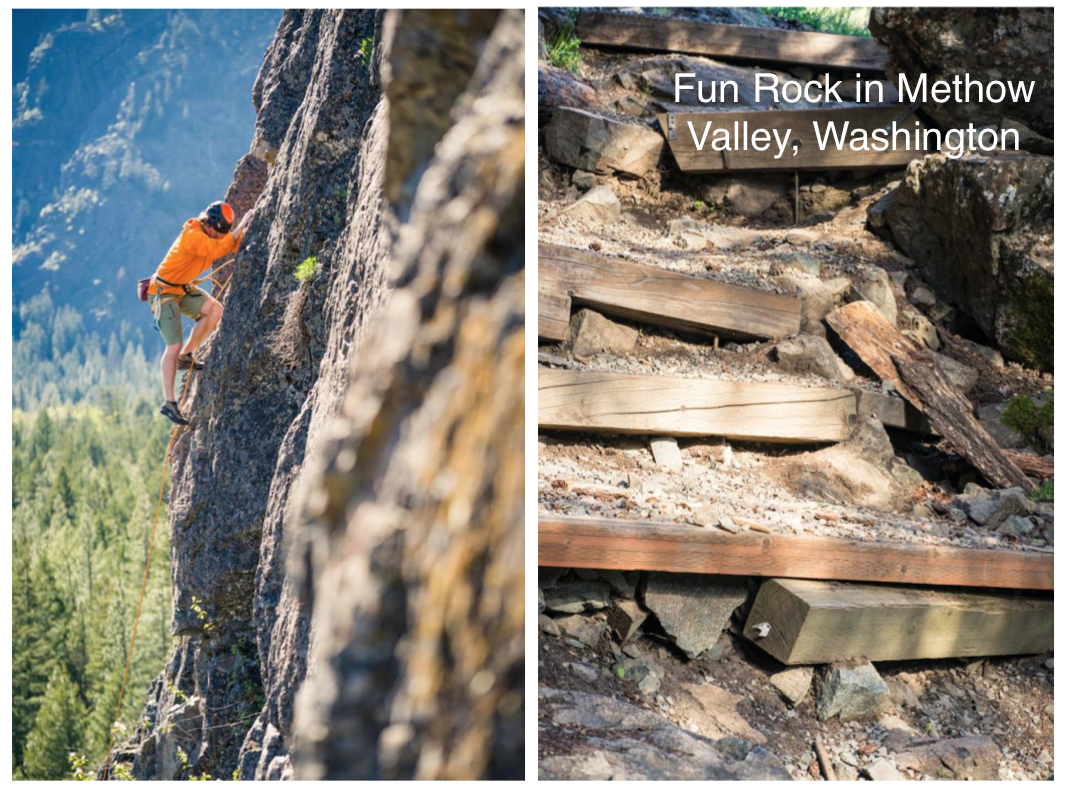While the American Alpine Club visited Washington DC for this year’s Climb the Hill event, many participants were able to end their time at our Nation’s Capital participating in the Global Climate Strike. The streets were filled with local youth, teachers, parents and grandparents, industry leaders like Patagonia, and advocacy groups ranging from Citizens Climate Lobby, to Young Evangelicals for Climate Action. The march made it clear that people from every generation, walk of life, and industry are coming together to fight for the future of a healthy planet.
Likely the “largest mass protest for action on global warming in history,” Vox reports that activists estimate there were four million people striking across the globe. Here are some highlights of the week of Global Climate Strike (Sept. 20-27) from 350 a non-profit identifying as an “international movement of ordinary people working to end the age of fossil fuels and build a world of community-led renewable energy for all”:
1.5 million protestors in Italy
1.4 million protestors in Germany
Over 500,000 protestors in the United States
20,000 protestors in Brazil
13,000 protestors in Mexico
13,000 protestors in India
10,000 protestors in Pakistan
Over 7.6 million protestors worldwide
More than 6,100 events were held in 185 countries with the support of 73 Trade Unions, 820 civil society organizations, 3,000 companies and 8,500 websites
While striking to bring awareness to issues can be a powerful means of collective activism, it is important to remember that having the ability to take time off of work to attend events of this nature is a privilege, and not everyone is able to participate. Because of this, it’s important to follow up with legislators to voice the why behind the protest, to speak out for those who may not have been in attendance, and to request direct action.
Whether you marched alongside your fellow community members, followed along online for work, or were unable to participate this year, here are a few steps you can take to make sure our legislators hear us.
Contact your Representatives: Utilize this helpful tool located near the bottom of the AAC Climbers for Climate page. Enter your address and immediately find who your representatives are. Give their office a call, or shoot them an email and explain to them why you as a constituent care about taking responsible action on climate change.
Support Local Organizations in your area. Patagonia Action Works created a network of nonprofits and advocacy organizations that are working on grassroots projects in your area. You can easily tap into the network by entering your address and the issues you are interested in getting involved with.
Stay educated on the issues. Keep following along here by reading updates from the AAC Policy Team, and expand your network into other areas of climate science and action. Check out our partners over at Protect our Winters or the Outdoor Alliance to find more information about Climate Change news, tools, and science. Have you seen Protect our Winters Canada’s latest tool: Fact Avalanche? If not, check that out here.
VOTE. Are you registered yet? One of the most impactful ways to make change is voting for representatives who share the same values as you do and who believe that climate change is real.






















